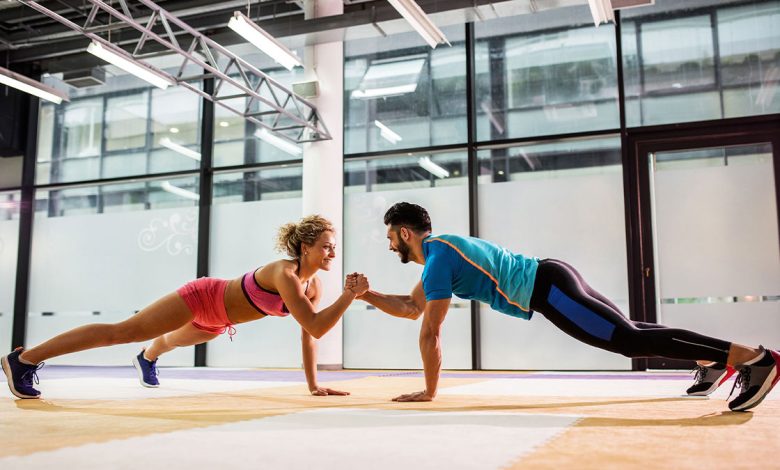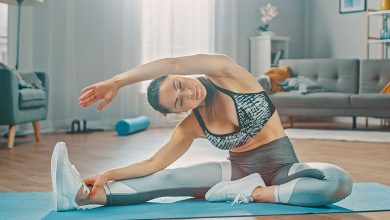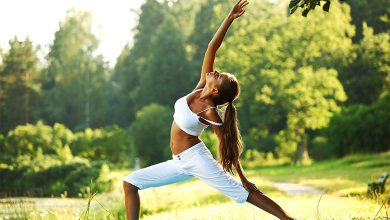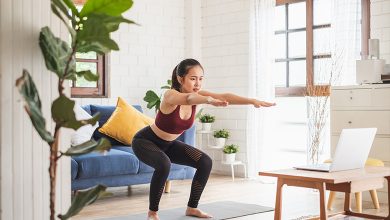Get Moving: Tailored Fitness Plans for Your Unique Journey

Embarking on a journey toward improved fitness is a personal and rewarding adventure. To help you achieve your health and wellness goals, we’re here to guide you through the process of creating a tailored fitness plan designed specifically for your unique journey.
Table of Contents
Understanding Your Fitness Journey
1. Assess Your Goals: Before starting your fitness plan, it’s essential to define your objectives. Are you aiming to lose weight, build muscle, increase endurance, or enhance overall health? Knowing your goals is the first step to creating a meaningful plan.
2. Consider Your Current Fitness Level: It’s vital to evaluate your current fitness level honestly. Take stock of your strengths and weaknesses, which will be the foundation for your customized plan.
3. Factor in Your Lifestyle: Your fitness plan should seamlessly integrate with your lifestyle. Consider your daily schedule, work commitments, family responsibilities, and any other factors that might influence your ability to engage in physical activity.
Creating a Tailored Fitness Plan
Choose Activities You Enjoy: Select activities that genuinely pique your interest and make you excited to move. Whether it’s running, swimming, dancing, or hiking, your plan should include activities that you find enjoyable.
Set Realistic Milestones: Establish realistic milestones to monitor your progress. These can be short-term goals, like increasing your daily step count, or long-term objectives, such as completing a marathon.
Include a Variety of Exercises: A well-rounded fitness plan integrates a mix of cardio, strength training, flexibility, and balance exercises. This diversity ensures that you address different facets of your fitness.
Create a Weekly Schedule: Develop a weekly schedule that outlines when and where you’ll engage in exercise. Consistency is key, so design a plan that aligns with your daily routine and commitments.
Gradually Increase Intensity: If you’re new to fitness, initiate your journey at a manageable pace and progressively raise the intensity of your workouts. For those with more experience, challenge yourself with more advanced exercises.
Staying Motivated and Accountable
Find a Workout Buddy: Partnering with a friend or family member can infuse fun and motivation into your workouts. You can encourage each other and hold one another accountable.
Use Fitness Apps and Wearables: Numerous fitness apps and wearables are available to track your progress, provide motivation, and monitor your health. Consider using one that aligns with your needs and preferences.
Reward Yourself: Celebrate your accomplishments, regardless of their size. Rewards can serve as an extra incentive to maintain your motivation and determination.
Listen to Your Body: Pay close attention to your body’s signals. If you experience pain or excessive fatigue, it’s crucial to rest and allow your body to recover. Overtraining can lead to injury and setbacks.
Seek Professional Guidance
Consult a Fitness Professional: If you have reservations about creating a fitness plan or need expert guidance, consider seeking advice from a certified fitness trainer or a registered dietitian. Their expertise can offer personalized support tailored to your unique needs.
Regularly Update Your Plan: As you progress in your fitness journey, your plan should evolve to challenge you at your current level. Periodically reassess your goals and make necessary adjustments to keep your journey engaging and effective.
Remember, your fitness journey is unique to you. It’s not a competition with anyone else. The most important thing is that you’re taking steps to improve your health and well-being. So, lace up your sneakers, grab your water bottle, and get ready to embark on a fitness journey tailored just for you. Your body and mind will thank you for it.
(FAQ) related to tailored fitness plans:
Q1: Is it necessary to include strength training in my fitness plan, or can I focus solely on cardio exercises for weight loss?
While cardio exercises are effective for weight loss, strength training is valuable for building lean muscle and boosting metabolism. A well-rounded plan typically includes both cardio and strength components for the best results.
Q2: How can I prevent injuries while working on my fitness journey?
To prevent injuries, it’s crucial to start with proper warm-ups, use correct form during exercises, and listen to your body. Gradually increase the intensity of your workouts, and consider consulting with a fitness professional for guidance.
Q3: What should I eat as part of my fitness plan?
Your diet should complement your fitness goals. Focus on a balanced diet that includes lean proteins, whole grains, fruits, vegetables, and healthy fats. Consider consulting with a registered dietitian for personalized nutritional guidance.
Q4: How often should I update my fitness plan as I progress on my journey?
Your fitness plan should evolve as you grow stronger and achieve your goals. Consider revisiting and adjusting your plan every few months to continue challenging yourself and avoid plateaus.
Q5: Can I create a fitness plan for specific health conditions, like diabetes or heart disease?
Yes, fitness plans can be tailored to address specific health conditions. However, it’s important to consult with a healthcare provider or a fitness professional who has expertise in managing these conditions.




